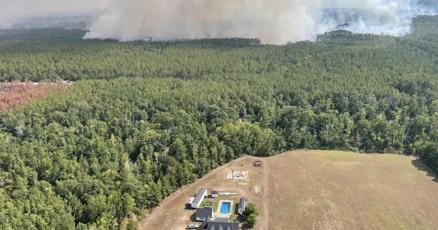Inferno's Warning: Could Louisiana's Landscape Be Next in Wildfire's Crosshairs?

Flames of Danger: Louisiana's Wildfire Challenge in 2023
The Southern United States has long been a hotspot for wildfires, with Louisiana emerging as a critical battleground in the ongoing environmental struggle. This year, the state experienced an unprecedented wildfire season, with a staggering 1,300 fires scorching its landscapes during an exceptionally harsh summer drought.
The combination of dry conditions and intense heat created a perfect storm for wildfire outbreaks, testing the resilience of Louisiana's ecosystems and communities. These fires not only threatened natural habitats but also posed significant risks to local residents and infrastructure, highlighting the growing challenges of climate variability in the region.
As climate patterns continue to shift, Louisiana finds itself at the forefront of a complex environmental narrative, where the frequency and intensity of wildfires serve as a stark reminder of the changing environmental landscape. The 2023 wildfire season stands as a testament to the urgent need for comprehensive fire prevention and management strategies.
